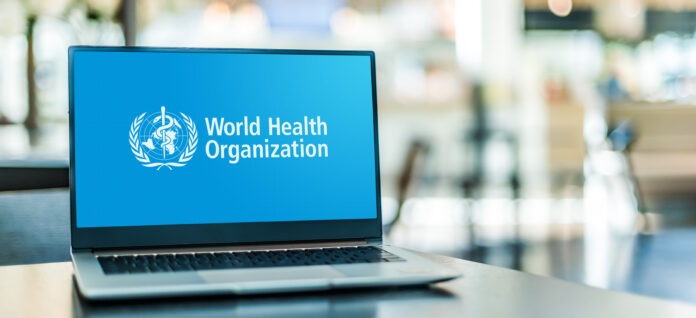
By Namwook Cho, L.Ac.
Many have heard Huangdi Neijing or (Huangdi’s) Internal Classic. Which is a more appropriate expression? Here are more: Suwen or Plain Questions, Lingshu Miraculous Pivot. In school or writings, there are many terms related to Asian Medicine written in Pinyin. Pinyin is the Romanization of the Chinese characters based on their pronunciation. Asian Medicine is not limited to China, Korea, and Japan also have practiced and developed the theories for centuries. Nowadays, in Europe and America, Asian Medicine has been spread rapidly. World Health Organization (WHO) published WHO International Standard Terminologies on Traditional Medicine in the Western Pacific Region in 2007. But not many acupuncturists do not use standard terminologies.
Consisting of a Total of 8 Categories, including Diagnosis, Acupuncture, Moxibustion, and Gobang, etc
In the WHO International Standard Terminologies on Traditional Medicine in the Western Pacific Region, there are terms for basic theories, diagnostics, disease, therapeutics, acupuncture and moxibustion, medical treatment, and classics of traditional medicine.
The WHO International Standard Terminologies on Traditional Medicine in the Western Pacific Region was written through meetings were held in Beijing (China), Tokyo (Japan), and Daegu (Korea).
According to WHO, “in recent decades, the rapidly growing interest in Traditional Medicine (TRM) such as Traditional Chines Medicine (TCM), Korean Traditional Medicine (KTM), and Campo Medicine in Japan all over the world has promoted the writing of many books and numerous paper on the TRM and its various branches in English. The present problem is not a lack of English equivalents for terms commonly used. On the contrary, there are now many cases where different English words are available as equivalents for a single TRM term or a single Han character. This not only confuses readers but also points to the urgent need for unification and standardization.”
Four principles determined the WHO International Standard Terminologies on Traditional Medicine in the Western Pacific Region: Accurate reflection of the original concept of Chinese terms, No creation of new English words, Avoidance of pinyin use, and Consistency with WHO’s Standard Acupuncture Nomenclature.
Structure of standard terminology in WHO International Standard Terminologies on Traditional Medicine in the Western Pacific Region consists of the four elements: Code, Term (English), Chinese (Han) Character, and Definition/Description.
For example, suppose you want to look up the term “Traditional Chinese Medicine” in WHO International Standard Terminologies on Traditional Medicine in the Western Pacific Region. In that case, the term is listed under the code of 0. 0. 2 and term in English is traditional Chinese medicine and in Chinese 中醫學; 中醫, and its definition or description is “the traditional medicine that originated in China and is characterized by holism and treatment based on pattern identification/syndrome differentiation.”





































